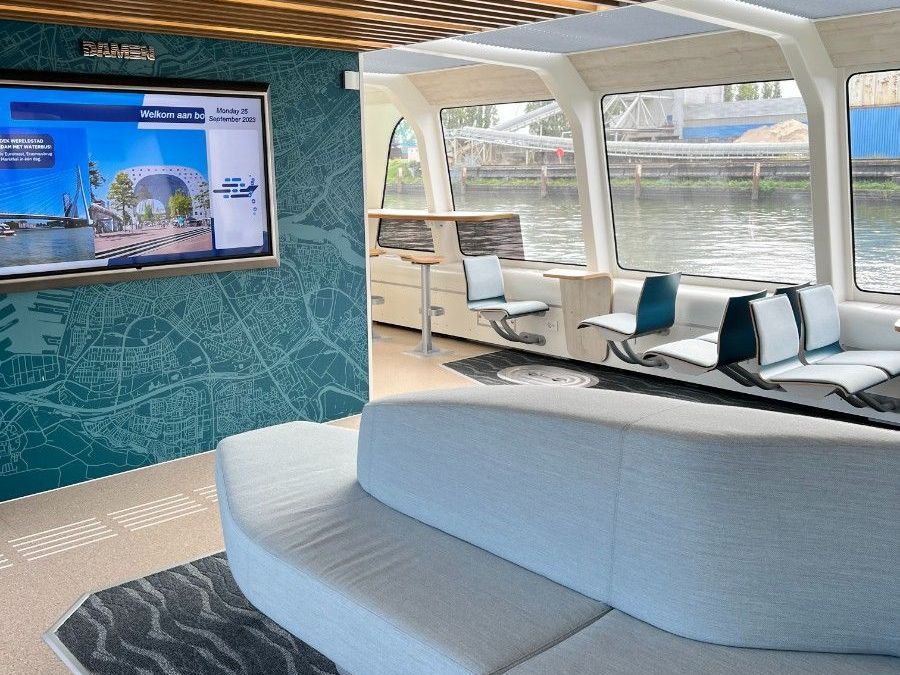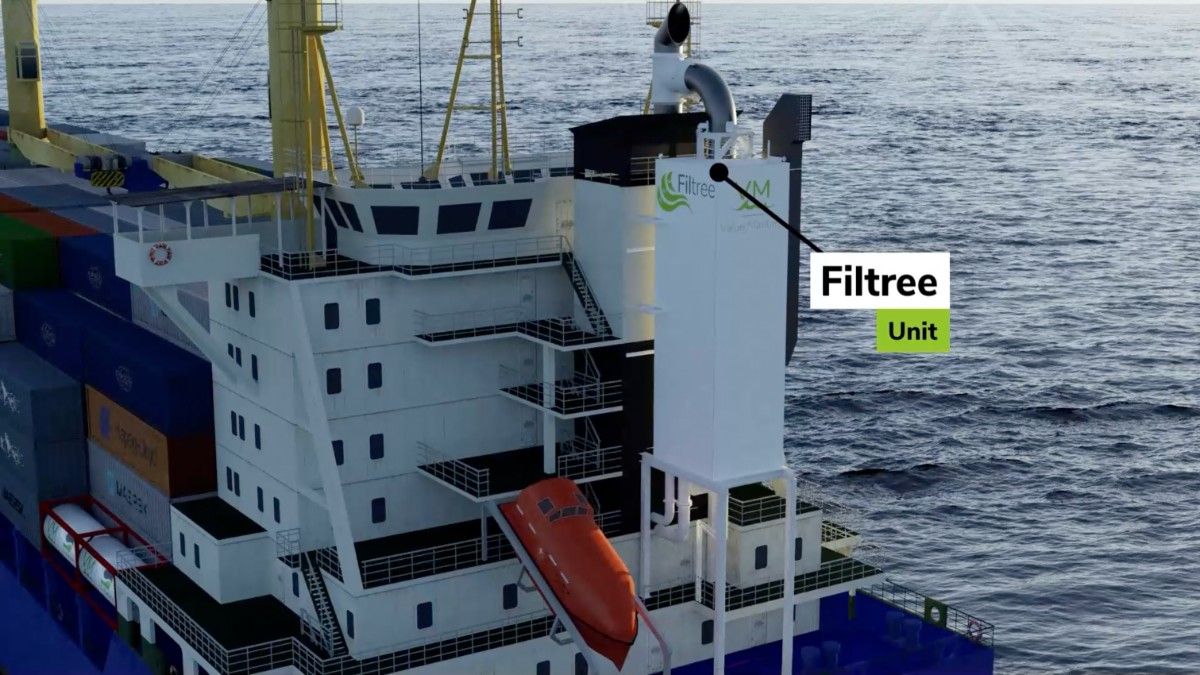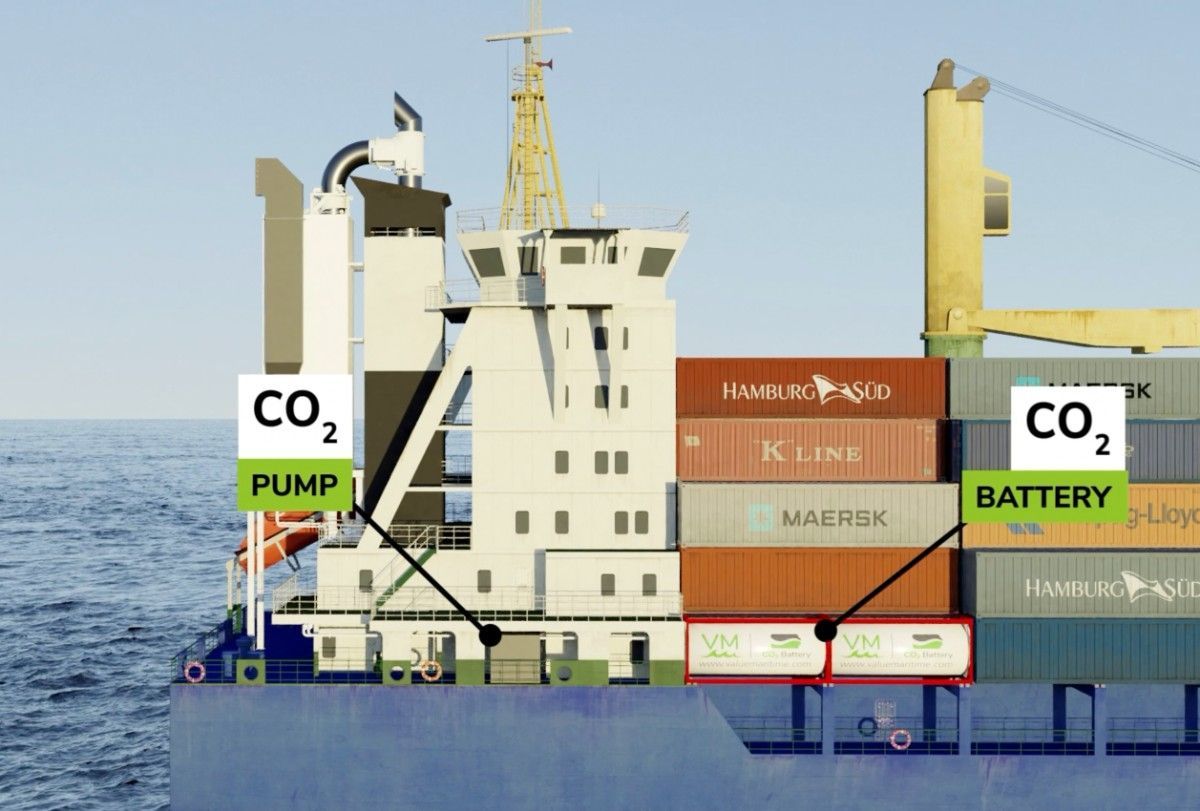Electric and Carbon Capture Technology

-
3
ButtonFully-Electric Damen 2306 passenger ferries plus associated fast-chargers
-
6
ButtonHybrid-Electric Damen 2907 passenger fast ferries capable of 40km/h
-
>2 million
ButtonPassengers transported annually across Rotterdam
-
2028
ButtonTarget year for zero-emission operations within the Rotterdam concession
Low emission technology employed
State of the art design features are employed on both the hybrid and fully-electric passenger ferries making them amongst the most energy efficient in the world.
The Damen Ferry 2306 fully-electric ferry combines an optimal passenger experience with efficient propulsion. An automated charging system enables the ferry to be fully charged in just 7 minutes.
The Damen 2907 E3 Waterbus is extremely efficient in terms of weight, hull design and systems, featuring a hybrid-electric arrangement for peak shaving. Battery technologies are combined with B50 biofuel to limit the usage of marine diesel.


Vessel circularity principles
The vessel hulls are comprised of a recyclable carbon fibre to reduce weight. Computational fluid dynamics have been applied to the design to minimize resistance in the water. Cutting-edge software is applied to measure the relationship between engine torque and propeller speed.
The vessels are designed with circularity principles in mind, with enhanced use of recycled materials in both the interior and exterior. Deck layout has been modified to provide greater space for cyclists, including charging points for e-bikes.
Fully electric ferry in action in Rotterdam
Carbon capture technology

Value Maritime’s Filtree system
Purus has placed an order with Value Maritime for four emissions-reducing Filtree Systems, including Clean Loop System and 30% carbon capture, to be installed on four newbuild 1,400 TEU feeder container vessels that will be operated by BG Freight Line, part of Peel Ports Group. Purus is the first company to install such technology on a newbuild container vessel. The 12.5 MW systems are expected to be installed following yard delivery during H1 2024.
Carbon circle
The Filtree Systems will feature a modular CO 2 capture and storage system. This innovative technology captures CO 2 from exhaust emissions and uses it to charge a “CO 2 battery”, where it is stored and transported to shore. On shore, the CO 2 is discharged for use, for example, in the agricultural industry, after which the battery is returned to the vessel to be recharged, thus representing a 100% circular solution.

How the carbon capture system works
-
Newcastle
+44 20 3976 1109Suite B, Ground Floor
St Ann’s Quay
120 Quayside
Newcastle upon Tyne
NE1 3BD
United Kingdom


